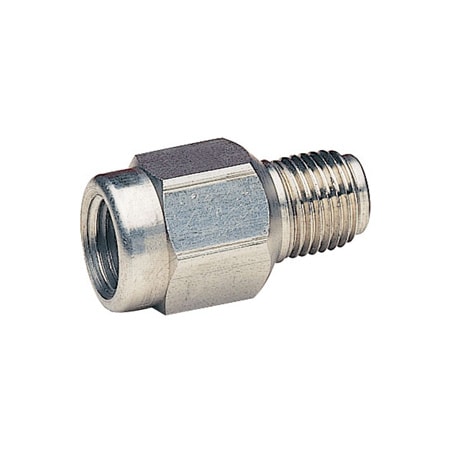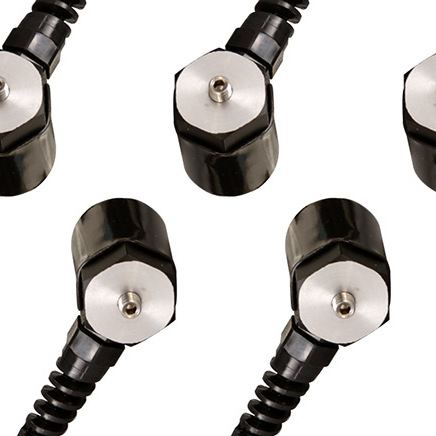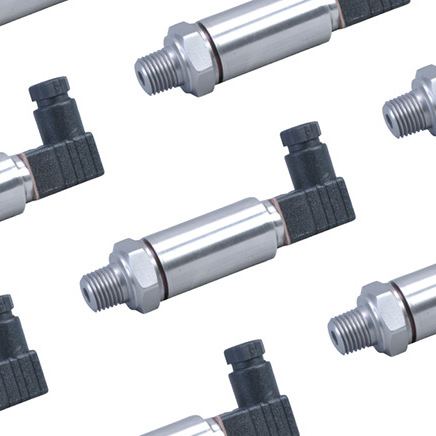Understanding The Water Hammer Effect
The water hammer effect, which is also referred to as hydraulic shock, is what’s known as an impact load – or the force produced by a sudden load on a pipe through which fluid or steam is flowing. It happens when a normally constant fluid has been stopped and/or started suddenly.
The effects of water hammer can be hard to ignore as it can create a loud knocking or banging sound within pipes. In fact, if you’ve ever heard a banging sound when taking a shower, you’ve most likely experienced water hammer at home.
Water hammer is a common plumbing problem, but not one to take lightly. It can cause expensive damage. As such, preventing water hammer is crucial in industrial processes or applications – for several reasons, including equipment protection, accident prevention, process efficiency, and noise reduction.
What Causes Water Hammer?
The water hammer effect, which is an impact load, is widely misunderstood force – and one that has a major impact on pressure transducers. A water hammer is created by the sudden stopping and/or starting of a liquid flow.
The water hammer effect commonly occurs when a valve closes suddenly at the end of a pipeline system and a pressure wave propagates in the pipe.
Various factors can cause water hammer within an industrial environment:
- Abrupt valve opening or closing, causing rapid changes in fluid flow
- Sudden starting or stopping of a water pump that generates pressure waves in the pipeline
- Elevation changes – especially those above 20 meters
- Systems with elevated head pressures
- Fluid flowing at a high rate
- Poor pipeline design
- Improper construction
Where Can Water Hammer be Found?
The water hammer effect can be found in pipes through which liquid or gases flow; liquid flow is more common.
How to Locate Water Hammer
If you hear knocking or banging when a valve closes, you have water hammer.
Water Hammer Consequences
A water hammer shockwave can damage pipes, taps, faucets, and appliances. Possible damage can include pipe leaks or ruptures – and even damage to surrounding equipment.
These problems can start small but will build over time.Solutions for Water Hammer

Pressure Snubbers
In many industrial applications, to protect delicate sensors from water hammer, pressure snubbers are used to dampen or slow down pressure fluctuation.
These small devices are installed in a pipeline or near sensitive equipment, like a pressure transducer, where sudden pressure changes occur. They consist of a chamber with an inlet and an outlet, separated by a porous material (often sintered metal or ceramic) or a small orifice, and equalize the rate of fluid or gas flow.
Pressure snubbers act as a buffer against the rapid pressure changes caused by water hammer. Instead of allowing a sudden spike in pressure to propagate through the system unchecked, pressure snubbers smooth out these transients by slowing down the pressure change and preventing the rapid rise or fall of pressure that contributes to water hammer.

